BLOG
Samyang is revving it up
Samyang is revving it up.
While a few years ago the lens manufacturer Samyang was only known for its manual lenses, which were only used to a limited extent due to their handling, Samyang has been continuously introducing new lenses in the autofocus range to the market for some time now.
With the new SAMYANG AF 75mm F1.8, the range of high-quality full-frame autofocus lenses for Sony E (FE) Mount is once again expanded, which of course makes me especially happy, because this gave me the opportunity to test this new lens of the "Tiny" series on my Sony camera before its official launch.
I would like to thank Samyang and the team of Foto Walser, who provided me with the lens a few weeks ago, for their trust and successful cooperation.
Although a focal length of 75 mm had been considered the ideal portrait focal length for many decades, I changed its purpose a little bit and misused the lens for urban street photography.
Especially the very fast aperture range of f/1.8 and an angle of view of 32.9° made me curious, because these characteristics are especially useful when an impactful depth of field is to be created in an angle of view that is more in line with the natural field of view and can therefore quickly lose its thrill.
Right from the first use it becomes obvious that this small but fine lens can do more than its limited appearance would suggest.
With a weight of just 230g and a height of only 69mm, this lightweight comes in a black hardcase, which is perfect for storing this lens safely and without contamination. With a morning shot in downtown Berlin I wanted to find out how the sharpness and the level of detail is. Especially at open aperture, unsightly chromatic aberrations can quickly occur, which will certainly also appear with this lens.
To give the photo some depth I prefer an open aperture between f/1.8 and f/4.0 for motifs like the Berlin Siegessaule, so for this test I open the aperture as much as possible to test the lens characteristics as thoroughly as possible.
The first result is surprising despite the fact that it was taken by hand.
The autofocus is in place! And that is where it should sit. The column in the background appears clear, sharp and clean even when viewed in original size, while the road in front of it slowly fades out towards the lower edge due to the ever softer bokeh of the SAMYANG AF 75mm F1.8.
Chromatic aberration / Coma
In order to test known flaws such as chromatic aberrations I continue towards the sunrise spot. Aberrations occur especially when taking open aperture
photographs against the light, because the light of different wavelengths and colors is refracted differently. In most cases they show up as colored edges around the edges of the photographed subject.
The sun will rise directly behind the Brandenburg Gate. Ideal conditions for a backlight shot, for which I open the aperture again to f/1.8. A short time later the shot is in the can and as expected, slight chromatic aberrations can be seen around the subjects, especially in the center of the picture. However,
this aberration is not very surprising, since it can occur in these light situations with a variety of lenses. Nothing that cannot be corrected in post-processing programs like Lightroom!
The Bokeh
Let's get to the bokeh, an important feature when choosing a good lens. The word bokeh, which comes from Japanese, freely translated means haze or dementia and describes the quality of the blurred area of a photo lens. Not all blur is the same, because lenses can blur areas in completely different ways.
A statue on the opposite side of a small pond in the middle of the zoo is a great way to test the softness of the background when the main subject is further away from the camera.
Aperture set to f/1.8 and Peter is off. The small lens masters this exercise with flying colours. Despite the distance of at least 15 meters the statue stands out clearly, sharply and cleanly from the slightly blurred background, creating a beautiful detachment effect.
Despite difficult backlighting and an exposure time of just under three minutes with a gray filter, this photo shows almost no chromatic aberrations.
Not only large subjects are suitable for this lens.
When photographing small plants along the path, the lens almost lets me dive into the macro range. Here, too, the Bokeh appears amazingly clean and soft, so that small photo subjects can be isolated wonderfully!
When I look at the different types of bokeh in the photos already taken, I am positively surprised about this lens feature, which can be used perfectly with the SAMYANG AF 75mm F1.8.
Conclusion
As I have only had one day to test this surprisingly convincing lens, I have concentrated on the characteristics of open aperture photography, general image and detail sharpness and bokeh. On an excursion at night, planned in a few weeks, I will put the lens through its paces while photographing the starry night sky.
In addition to its night-time capabilities, the use of a new function on Samyang lenses is also on the agenda. For the first time, a programmable "custom switch" has been built into the lens, which allows convenient switching between two settings that can be assigned in the Lens Manager by the user. This currently allows the modes "manual aperture", "automatic aperture" and "manual focus" to be freely assigned to the two switch positions, although the manufacturer promises to continuously develop these functions to make photography more comfortable and faster.
.
I will definitely take this little baby on one or the other upcoming photo tour.
Although the chromatic aberrations in the first backlight shot stand out and cannot be ignored, the SAMYANG AF 75mm F1.8 FE with its attractive price is well worth the money!Image sharpness, imaging performance, bokeh and a fast, silent autofocus are convincing when taking pictures, so Apart from portrait photography, this lens is without a doubt suitable for taking pictures of urban landscapes as well as for street photography where a convincing depth of field combined with speed is essential to convey the scene to be photographed as authentically as possible to the future viewer!
You can find more information about this lens on the website of Foto Walser.
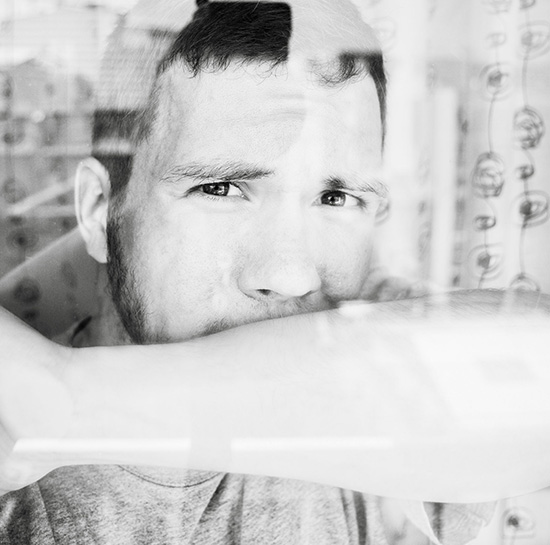
Ronny Behnerts
Ronny has been actively working on photography since January 2007. The award winning photographer founded in 2010 his project ”Håggard Photography” and works for different clients, like hotels, restaurants, various newspapers, print- and online-magazines but while continuously developing his skills and knowledge, Ronny never wants to give up his amateur spirit.
www.bewegungsunschaerfe.de/de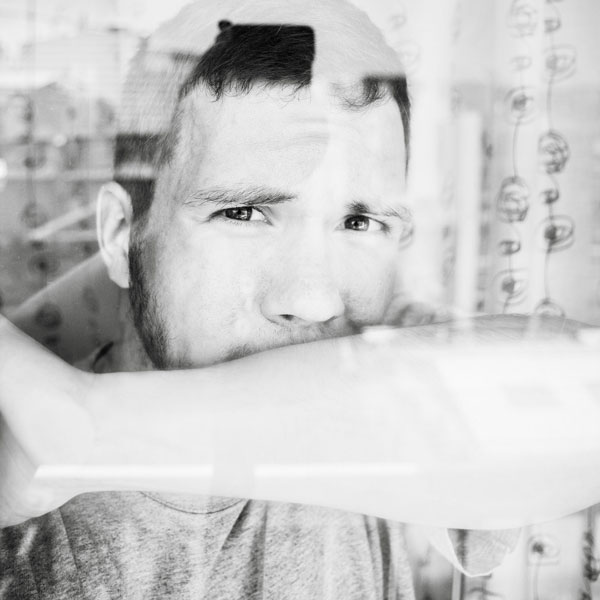
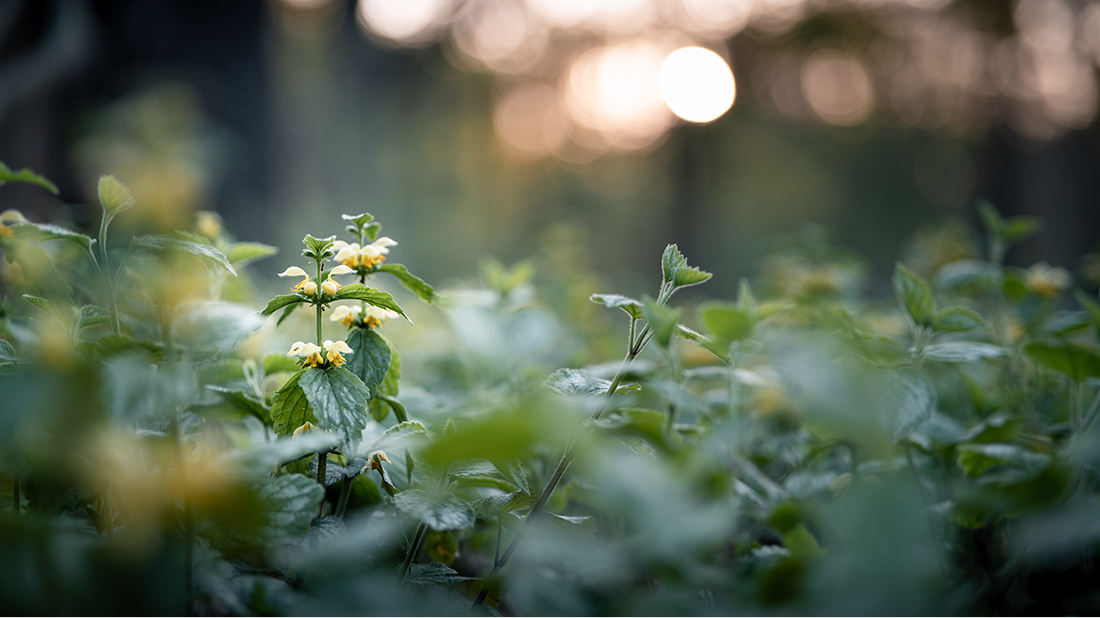
 AF 75mm F1.8
AF 75mm F1.8
 Sony
Sony
 F2.0
F2.0
 1/125 sec
1/125 sec
 100
100
 Manual
Manual
 -
-
 -
-
 -
-
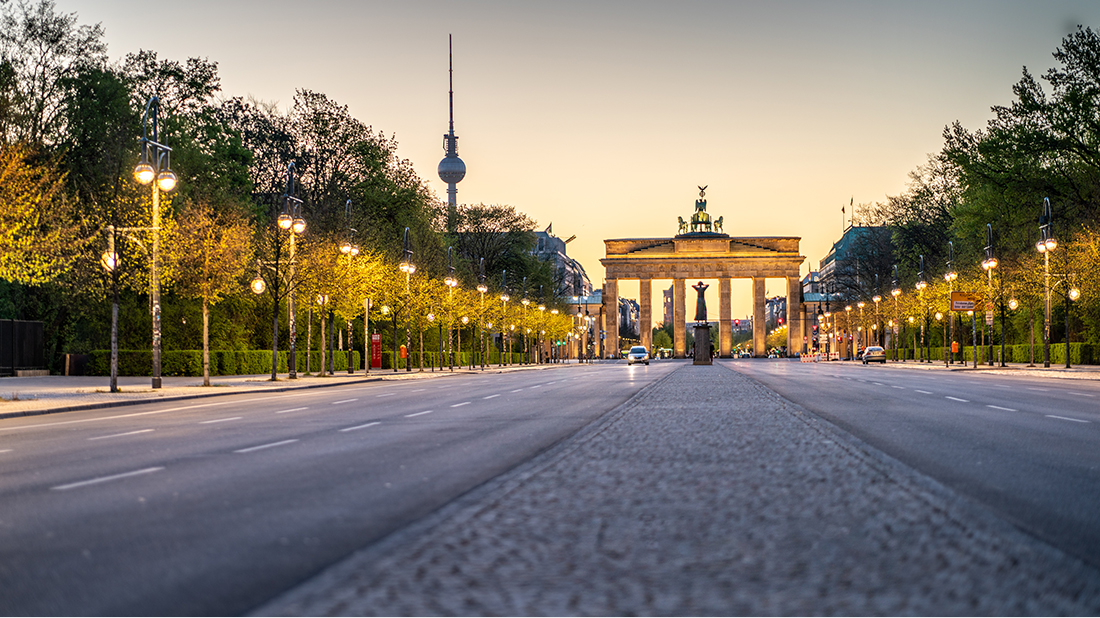
 AF 75mm F1.8
AF 75mm F1.8
 Sony
Sony
 F1.2
F1.2
 1/30 sec
1/30 sec
 100
100
 Manual
Manual
 -
-
 -
-
 -
-
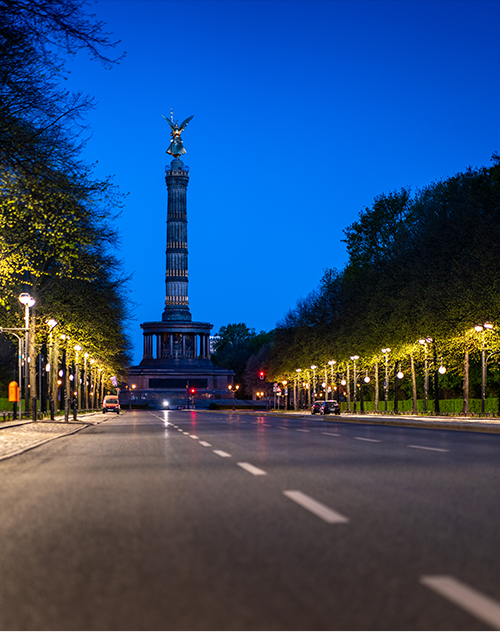
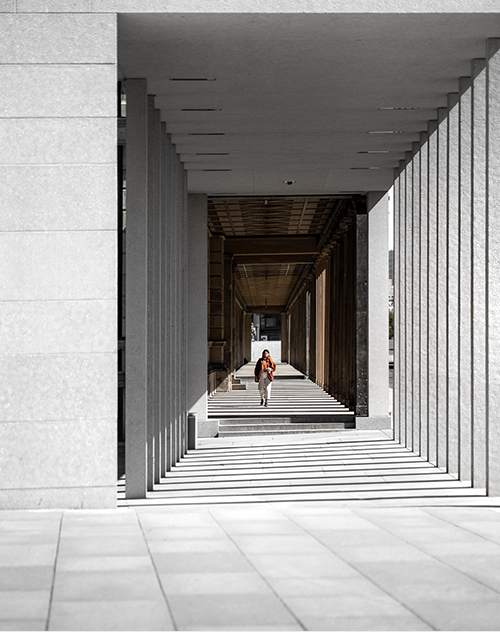
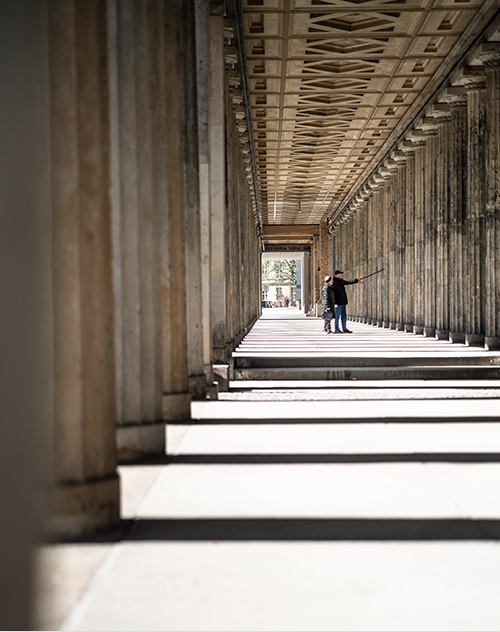
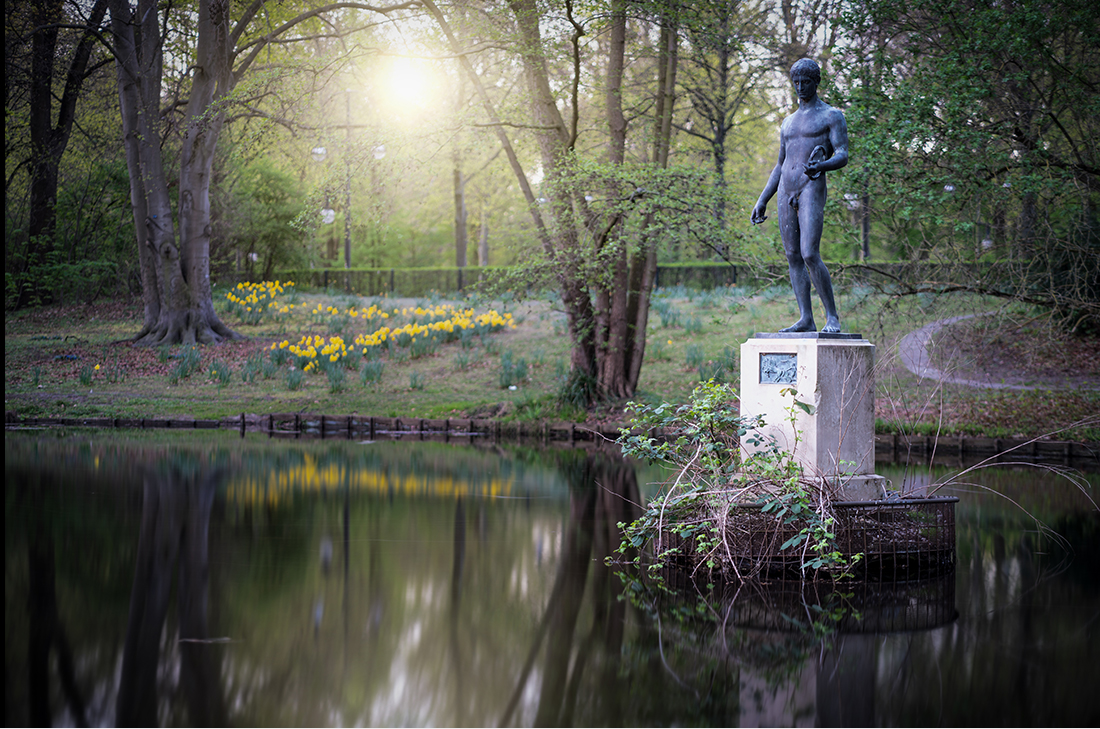
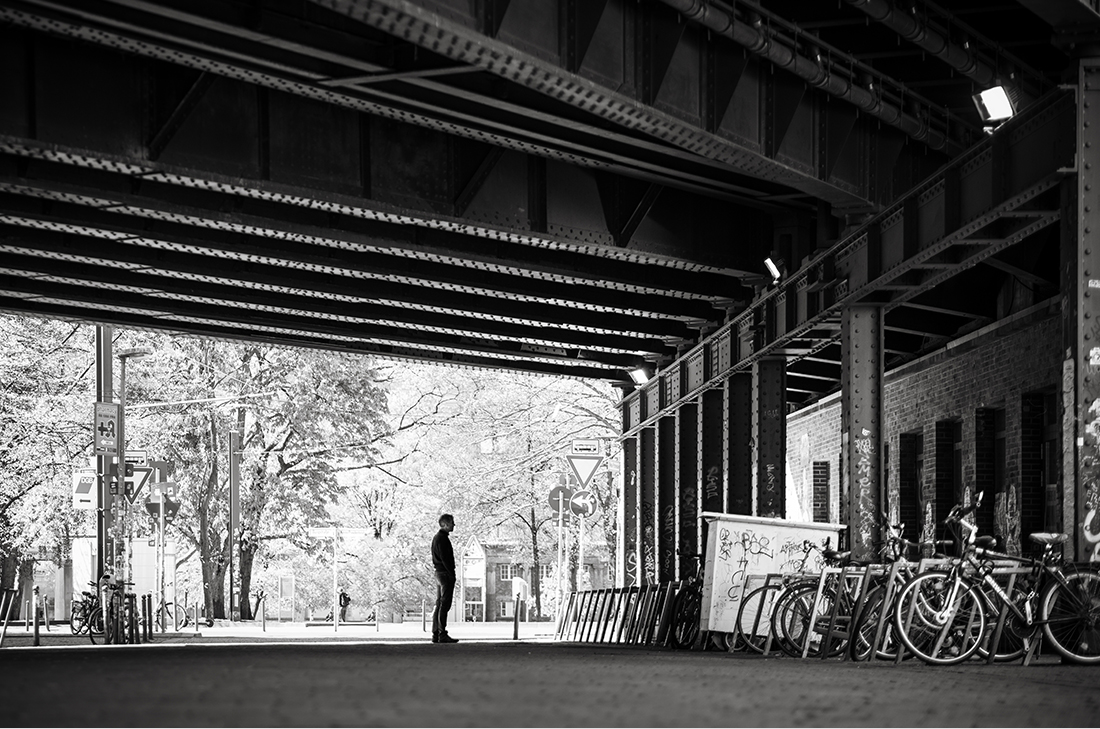









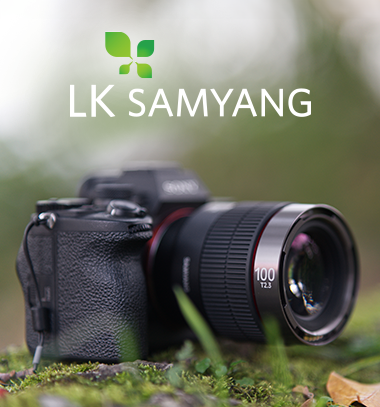


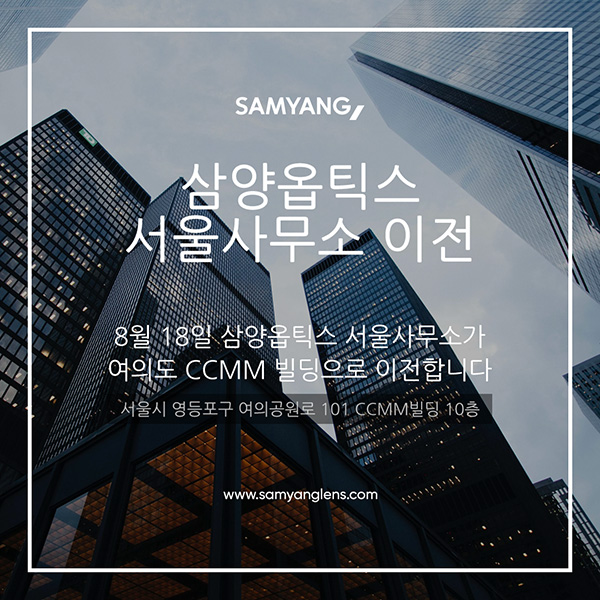

.jpg)